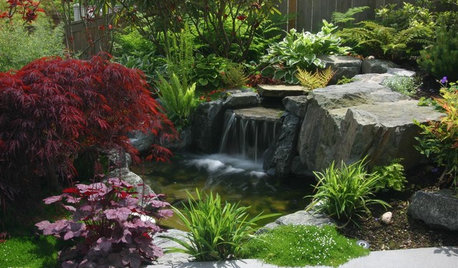Chusquea culeou and C. gigantea keep on growing in the winter
mike_marietta_sc_z8a
17 years ago
Related Stories

GARDENING GUIDES13 Pond Plants That Will Bring Your Aquatic Garden to Life
These water-loving plants will thrive around a natural water feature in your landscape
Full Story





Embothrium
mike_marietta_sc_z8aOriginal Author
Related Professionals
Citrus Heights Landscape Architects & Landscape Designers · Comstock Park Landscape Architects & Landscape Designers · Edmond Landscape Contractors · Burien Landscape Contractors · Deerfield Landscape Contractors · Haverhill Landscape Contractors · Oak Forest Landscape Contractors · Rancho Santa Margarita Landscape Contractors · Rosemount Landscape Contractors · Sugar Hill Landscape Contractors · Maplewood Landscape Contractors · Fruit Cove Carpenters · Holliston Carpenters · Mentor General Contractors · University City General ContractorsEmbothrium
mike_marietta_sc_z8aOriginal Author
Embothrium
brian_k
mike_marietta_sc_z8aOriginal Author
atash
jeffreydv
atash
steve_nj
Tessinseattle